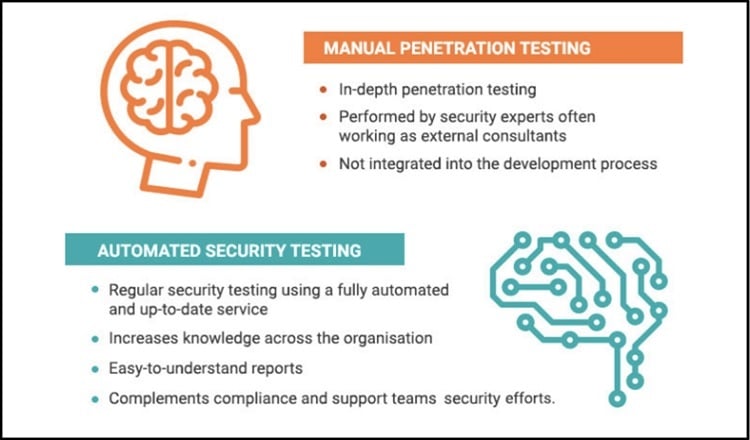Automated Penetration Testing: Frequently Asked Questions

TechsPlace | It’s no secret that the best way of ensuring your network is secure is to perform a test on it. Automated penetration testing can help you find vulnerabilities in your system and fix them before they cause problems. However, there are many questions people have about this automated process, so we created this blog post to answer them! You will learn about: how an automated penetration test works, what type of results it provides, and more.
1. What Is Automated Penetration Testing?
Automated penetration testing involves the use of software that can scan your network for vulnerabilities automatically. This allows you to find more vulnerabilities in less time. You can also say that it is only five percent of the effort compared with manual penetration tests.
Automation makes it easy for companies of all sizes to conduct penetration tests. Automated penetration testing also allows you to see the results of your network security in real-time. You don’t have to wait for testers to send their reports at the end of a manual assessment. Automated scanning can provide specific details about every vulnerability it finds. It can even automatically produce patches for many types of vulnerabilities. Automation also makes it easier to achieve compliance with regulations such as HIPAA, PCI DSS, and more.
2. What are the Differences between manual penetration testing and automated pentesting?
Automated penetration testing is very different from manual penetration. This is because it does not require human intelligence or interpretation of its output. Automated solutions use computer software that can scan your network without requiring people to manually probe its defenses.
Automated penetration tools can conduct thousands of tests per second and usually provide results in a few minutes. These tools also allow you to see the results of your network security in real-time.
Manual penetration testing, however, requires human intelligence and interpretation of its output which slows down the process while increasing costs. Automation makes it possible for almost anyone to conduct ethical hacking. It removes the need for technical expertise or prior experience with pentesting. Additionally, automation provides detailed information about all vulnerabilities that are found during automated assessments, making remediation easier than manual methods do.
3. How Do Automated Pentesting Tools Work?
Automated pentesting tools run from a “command-line interface” (CLI) using a scripting language to issue commands and receive output. Automated penetration testing tools use the following four steps:
- Vulnerability scanning with active or passive attacks that probe computer networks for known vulnerabilities
- Exploitation allows you to take advantage of any vulnerabilities discovered during the first step
- Post-exploitation gives pentesters access to compromised machines so they can steal system data or move laterally within target networks
- Command and control, often referred to as C2, delivers remote instructions through previously installed malware
Some automated tools are capable of performing all four steps automatically, while others focus on one particular area. This is especially useful when pentesting custom applications because the automated tools can use active scanning to identify vulnerabilities and automate exploitation. Automated penetration testing tools are also valuable for internal, external, and wireless pentests because they help you minimize flaws in your network’s defenses.
4. How much will Automated Penetration Testing cost you?
Automated penetration testing prices vary depending on the number of IP addresses within your network, how often you need scans, and whether your data must be processed by humans afterward. The larger these numbers are, the more expensive penetration testing will be.

Automated penetration tools can range from free open source projects to over $100,000 for enterprise-grade solutions. Automated solutions are also commonly priced on a per scan basis with prices starting around $300 for small networks.
5. What are the Benefits Of Automated Penetration Testing?
- Automated pentesting helps businesses save time and money by removing manual processes that slow down analysis
- Automation is especially valuable for small companies that cannot afford the high cost of manual security assessments because they allow almost anyone to conduct ethical hacking with just a few clicks.
- Automating pentesting eliminates most of the tedious work associated with manual testing and provides you with detailed information about all vulnerabilities that are found.
- Automated penetration tools enable you to quickly find security flaws and fix them before they can be exploited by real hackers.
- These tools make it possible for you to test your security from anywhere in the world, as long as you have an internet connection.
- Automated pen testing is also essential for large businesses, which are constantly under fire from sophisticated, targeted attackers.
- Automated pentesting ensures that your security investments are working effectively and provides you with accurate reports proving they do.
Conclusion
Automated Penetration Testing (APT) is a process that employs the use of tools to scan, identify and exploit vulnerabilities in an IT environment. The scans are conducted with minimal human interaction. We hope you found this post helpful and that we answered some of your questions.
This article is contributed by guest author on techsplace.com.





